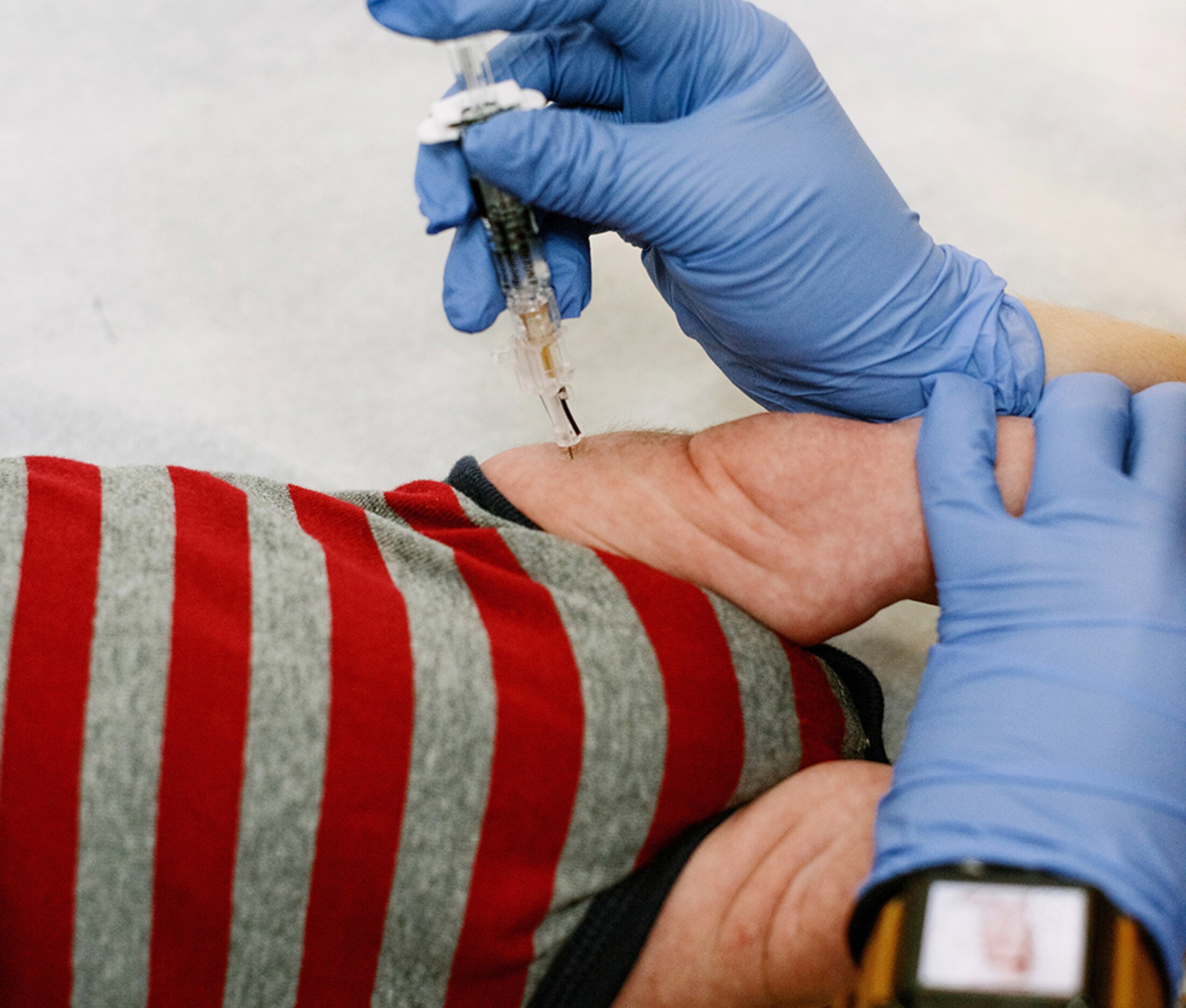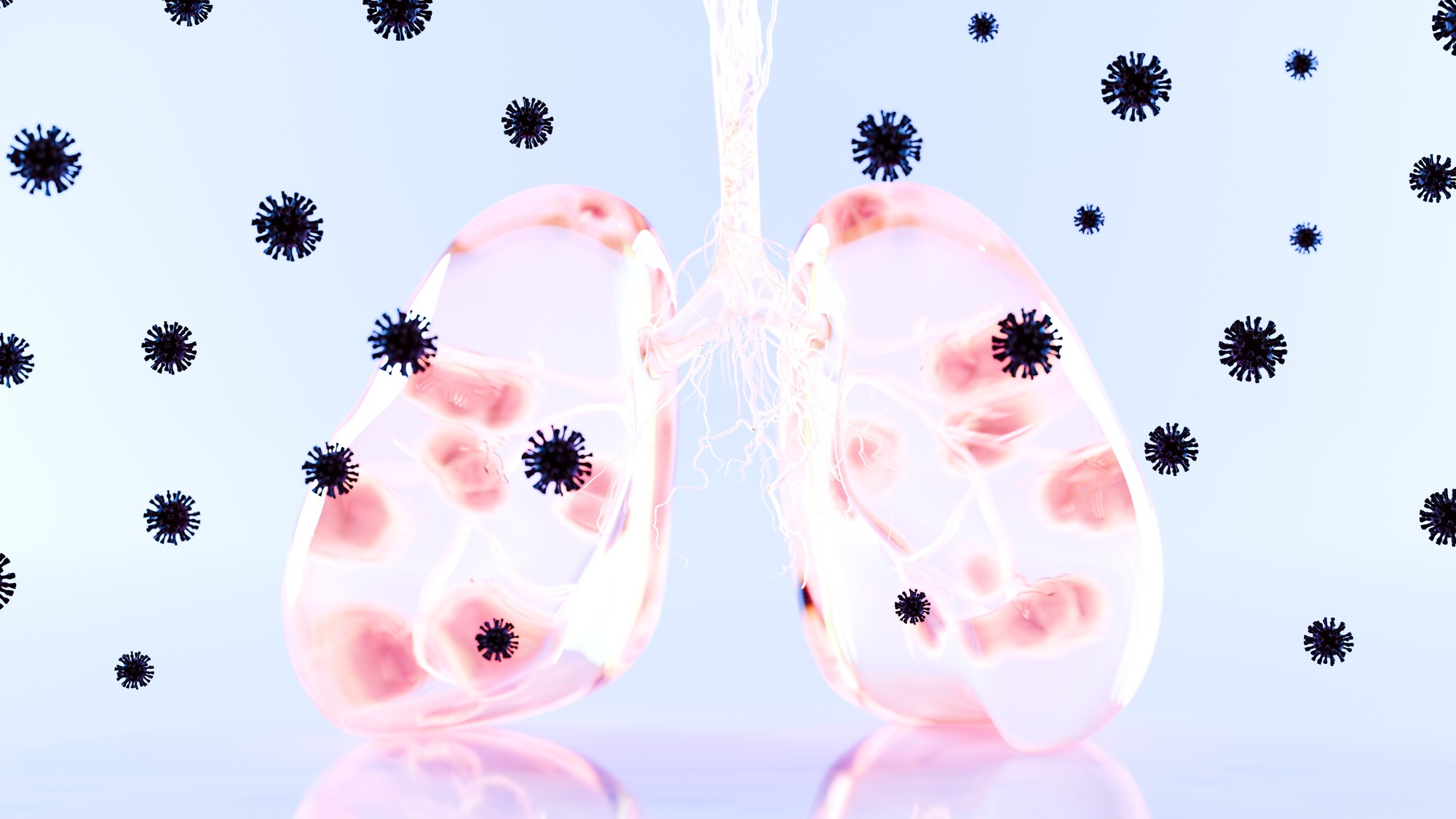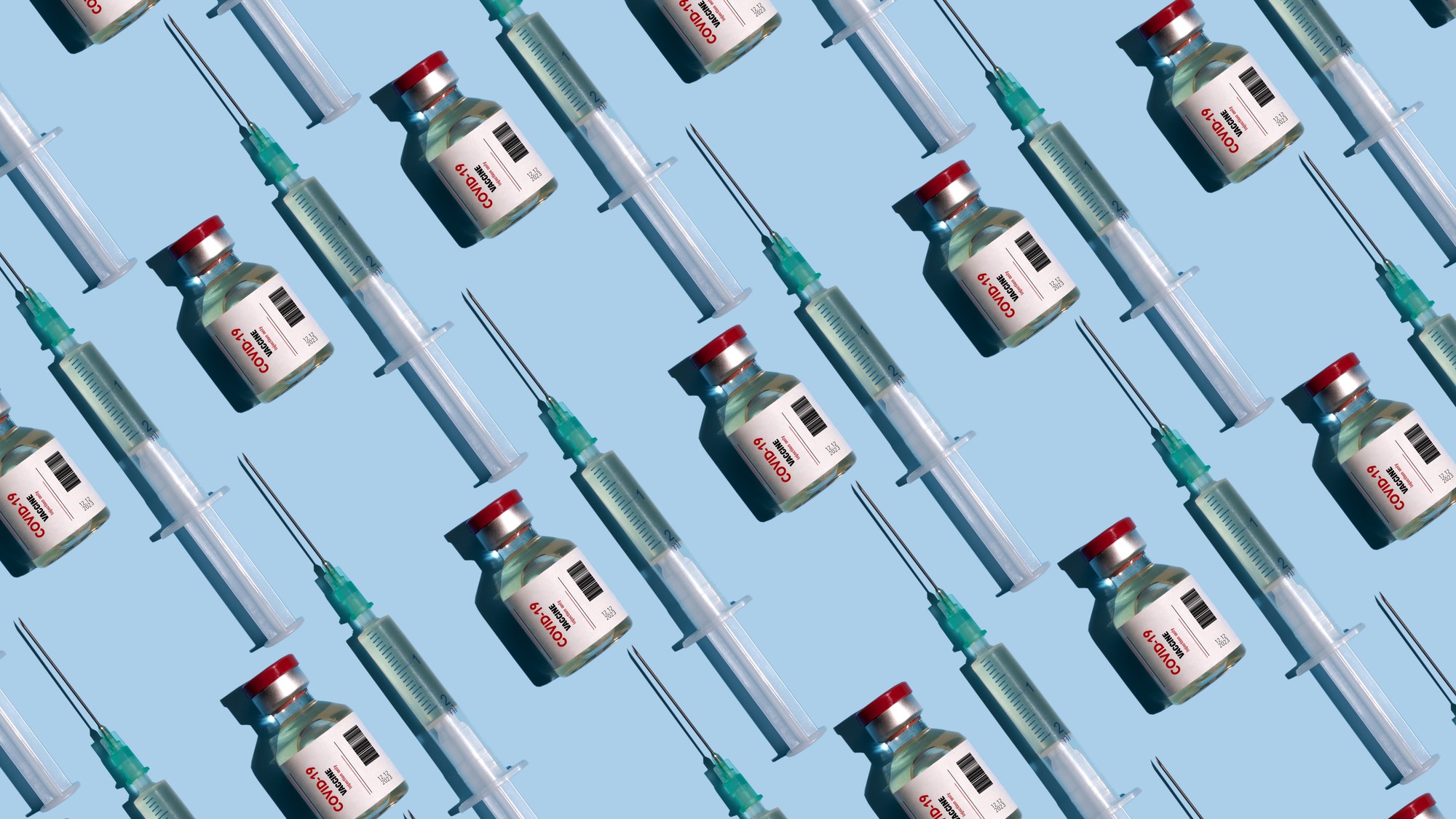‘Nightmare bacteria’ are rapidly spreading
The infections are largely resistant to antibiotics


Nightmare bacteria are very much the stuff of waking life. These microbes pose a “triple threat” to humanity because they are “resistant to all or nearly all antibiotics,” they have “high mortality rates” and they can “spread their resistance to other bacteria,” said the former Centers for Disease Control and Prevention (CDC) director Tom Frieden in 2013. Nightmare bacteria infections have increased significantly since then and are likely to cause more deaths over time.
Drugged and dangerous
Infections from nightmare bacteria rose by almost 70% between 2019 and 2023 in the U.S., according to a report published in the journal Annals of Internal Medicine by CDC scientists. The report specifically refers to the rise of infections from a certain group of bacteria called Enterobacterales. These bacteria are resistant to a wide range of antibiotics, including carbapenems, which are used to treat “severe multidrug-resistant bacterial infections,” said Scientific American.
Many of these bacteria are hard to treat because of what is called the “NDM” gene, which “creates an enzyme that destroys antibiotics,” said Axios. Bacteria with the gene can only be treated with two antibiotics, both of which are expensive and have to be administered through an IV. “The rise of NDMs in the U.S. is a grave danger and very worrisome,” David Weiss, an infectious disease researcher at Emory University, said to The Associated Press. While the rate of carbapenem-resistant Enterobacterales (CRE) infections increased by approximately 69% between 2019 and 2023, the rate of CRE infections with the NDM gene jumped by a staggering 461%.
The Week
Escape your echo chamber. Get the facts behind the news, plus analysis from multiple perspectives.

Sign up for The Week's Free Newsletters
From our morning news briefing to a weekly Good News Newsletter, get the best of The Week delivered directly to your inbox.
From our morning news briefing to a weekly Good News Newsletter, get the best of The Week delivered directly to your inbox.
It is also likely that “many people are unrecognized carriers of the drug-resistant bacteria, which could lead to community spread,” said the AP. “That may play out in doctors’ offices across the country, as infections long considered routine” become more difficult to treat. CRE infections can include “pneumonia, bloodstream infections, UTIs, wound infections and meningitis,” said the CDC.
Growing resistance
Antibiotic resistance is a growing problem worldwide. “Bacteria with the gene were once considered exotic, linked to a small number of patients who received medical care overseas,” said the AP. There could be a few reasons for why this has since shifted. NDM-CRE can “spread from improper hand hygiene among health care providers or inadequate cleaning and disinfection of equipment,” said Scientific American. “Insufficient testing and limited access to detection tools” could also play a role. “When NDM-CRE infections are not identified quickly, earlier treatment with effective antibiotics and infection control interventions may be delayed, which can then create more opportunities for transmission from patient to patient,” Danielle Rankin, a co-author of the study and an epidemiologist at the CDC’s Division of Healthcare Quality Promotion, said to Scientific American.
Covid-19 may have also contributed to the rise of antibiotic resistance. “We know that there was a huge surge in antibiotic use during the pandemic, so this likely is reflected in increasing drug resistance,” Jason Burnham, a researcher at Washington University, said to the AP. It is important to take antibiotics exactly as prescribed to avoid promoting resistance.
A free daily email with the biggest news stories of the day – and the best features from TheWeek.com
Devika Rao has worked as a staff writer at The Week since 2022, covering science, the environment, climate and business. She previously worked as a policy associate for a nonprofit organization advocating for environmental action from a business perspective.
-
 What is the global intifada?
What is the global intifada?The Explainer Police have arrested two people over controversial ‘globalise the intifada’ chants
-
 The Week Unwrapped: What’s the cost of PFAs?
The Week Unwrapped: What’s the cost of PFAs?Podcast Plus why is George Osborne joining OpenAI? And has universal basic income finally come of age?
-
 The week’s best photos
The week’s best photosIn Pictures A dervish dance off, a frosty forest, and more
-
 A fentanyl vaccine may be on the horizon
A fentanyl vaccine may be on the horizonUnder the radar Taking a serious jab at the opioid epidemic
-
 Health: Will Kennedy dismantle U.S. immunization policy?
Health: Will Kennedy dismantle U.S. immunization policy?Feature ‘America’s vaccine playbook is being rewritten by people who don’t believe in them’
-
 Vaccine critic quietly named CDC’s No. 2 official
Vaccine critic quietly named CDC’s No. 2 officialSpeed Read Dr. Ralph Abraham joins another prominent vaccine critic, HHS Secretary Robert F. Kennedy Jr.
-
 This flu season could be worse than usual
This flu season could be worse than usualIn the spotlight A new subvariant is infecting several countries
-
 More adults are dying before the age of 65
More adults are dying before the age of 65Under the radar The phenomenon is more pronounced in Black and low-income populations
-
 Ultra-processed America
Ultra-processed AmericaFeature Highly processed foods make up most of our diet. Is that so bad?
-
 Scientists have developed a broad-spectrum snake bite antivenom
Scientists have developed a broad-spectrum snake bite antivenomUnder the radar It works on some of the most dangerous species
-
 Covid-19 mRNA vaccines could help fight cancer
Covid-19 mRNA vaccines could help fight cancerUnder the radar They boost the immune system
